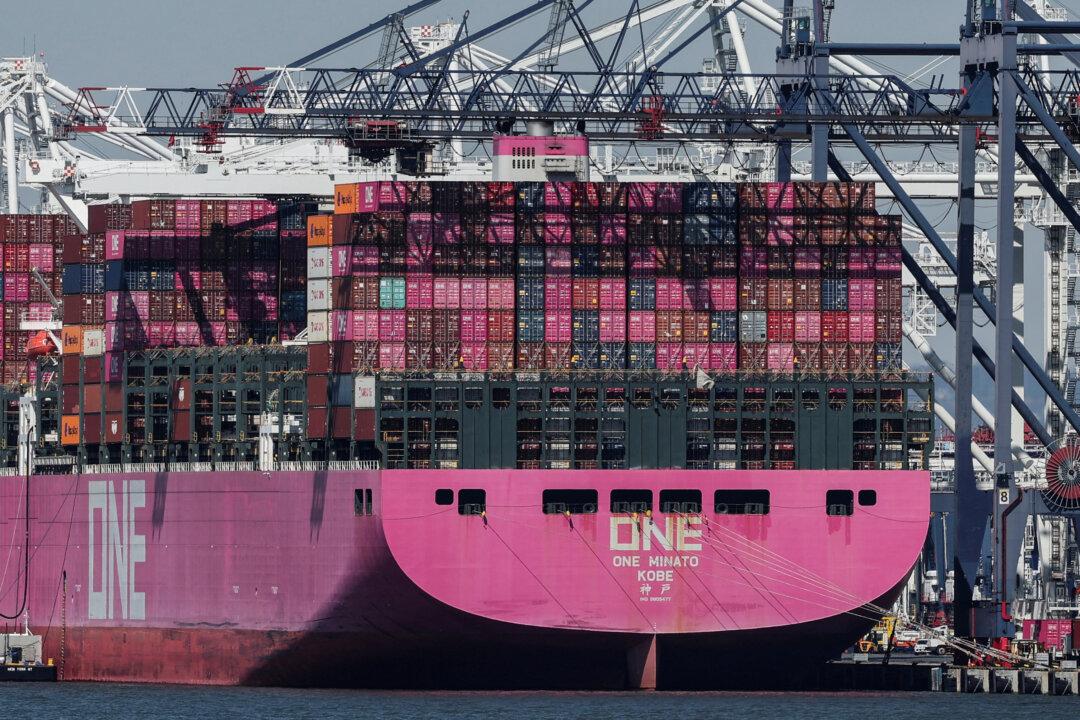Commentary
Federal Reserve Chairman Jerome Powell stated on April 16 that President Donald Trump’s tariffs would likely lead to higher rates of inflation. He made this claim before an audience at the Economic Club of Chicago. This somewhat gratuitous statement must be examined in light of sound economic theory: Do tariffs actually cause inflation?
Basic Economics
Classic economics defines three primary sources of government funding: taxation, debt, and inflation. To tax is to levy fees on income, sales, property, and other activities to raise revenue for expenditures. Second, borrowing enables governments to finance operations through future tax revenues. Lastly, expansionary monetary policy may increase the money supply relative to the output of goods and services, raising prices and reducing the currency’s value. As Milton Friedman famously argued, this phenomenon is known as inflation.Powell, It’s the Balance Sheet
The Fed has three means of fulfilling its dual mandate:- Changing the target short-term overnight rate
- Setting reserve requirements
- Open market operations

